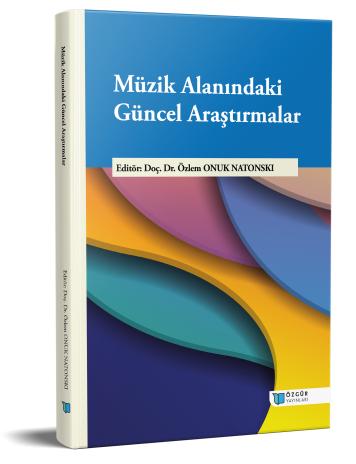
The Use of Artificial Intelligence Tools in Ethnographic Music Research
Chapter from the book:
Onuk Natonski,
Ö.
(ed.)
2025.
Current Research in Music Education.
Synopsis
This study examines the methodological functions and opportunities offered by artificial intelligence tools in ethnographic music field research. The study was designed using a qualitative research method, and the document analysis technique was employed during the data collection phase. The artificial intelligence tools examined were evaluated and categorized in terms of the functions they provide in stages such as pre-field preparation, data collection, analysis, and text transcription during the research process. The findings show that artificial intelligence applications usable in scientific research make it possible to conduct literature reviews comprehensively, to quickly convert data recorded in the field into text, to accelerate thematic analyses and conceptual network visualizations, and to offer significant contributions to the researcher in stages such as translation and language editing. In this context, artificial intelligence tools stand out as a powerful support element in every stage of the research that facilitates the researcher’s work, enriches their perspective, and thus has the potential to raise the quality of scientific production. The study also includes a reflexive account of the researcher’s own experience of using artificial intelligence tools, emphasizing that the collection and interpretation of data and other ethical dimensions of the research belong to the researcher. At the same time, it can be stated that there are not yet sufficiently developed applications in areas such as the automatic identification of microtonal melodies and makam structures and their transfer to notation transcription which is an important need in ethnographic music research but that computational musicology, machine learning, and deep learning studies developed for this purpose are laying the groundwork for more comprehensive, reliable, and accessible artificial intelligence applications in the future.

